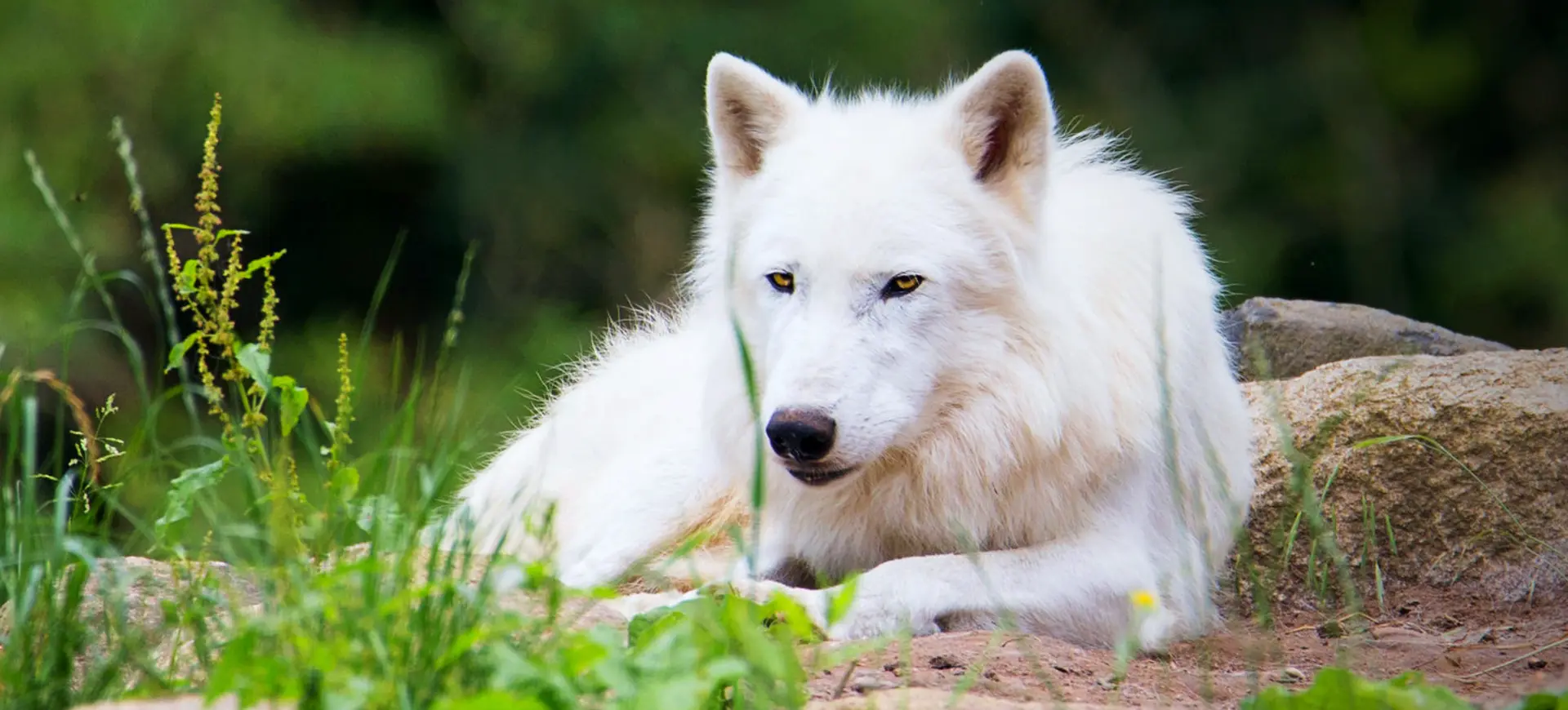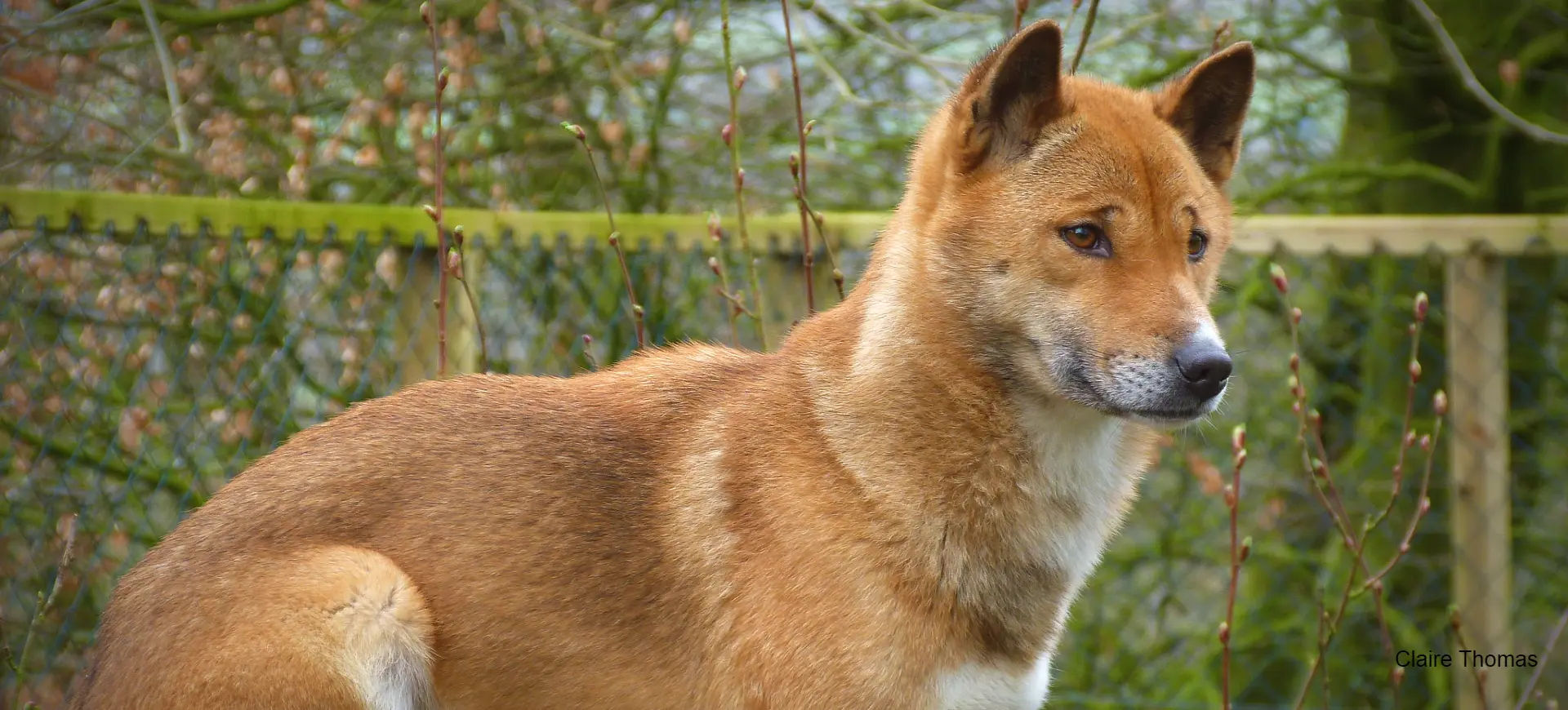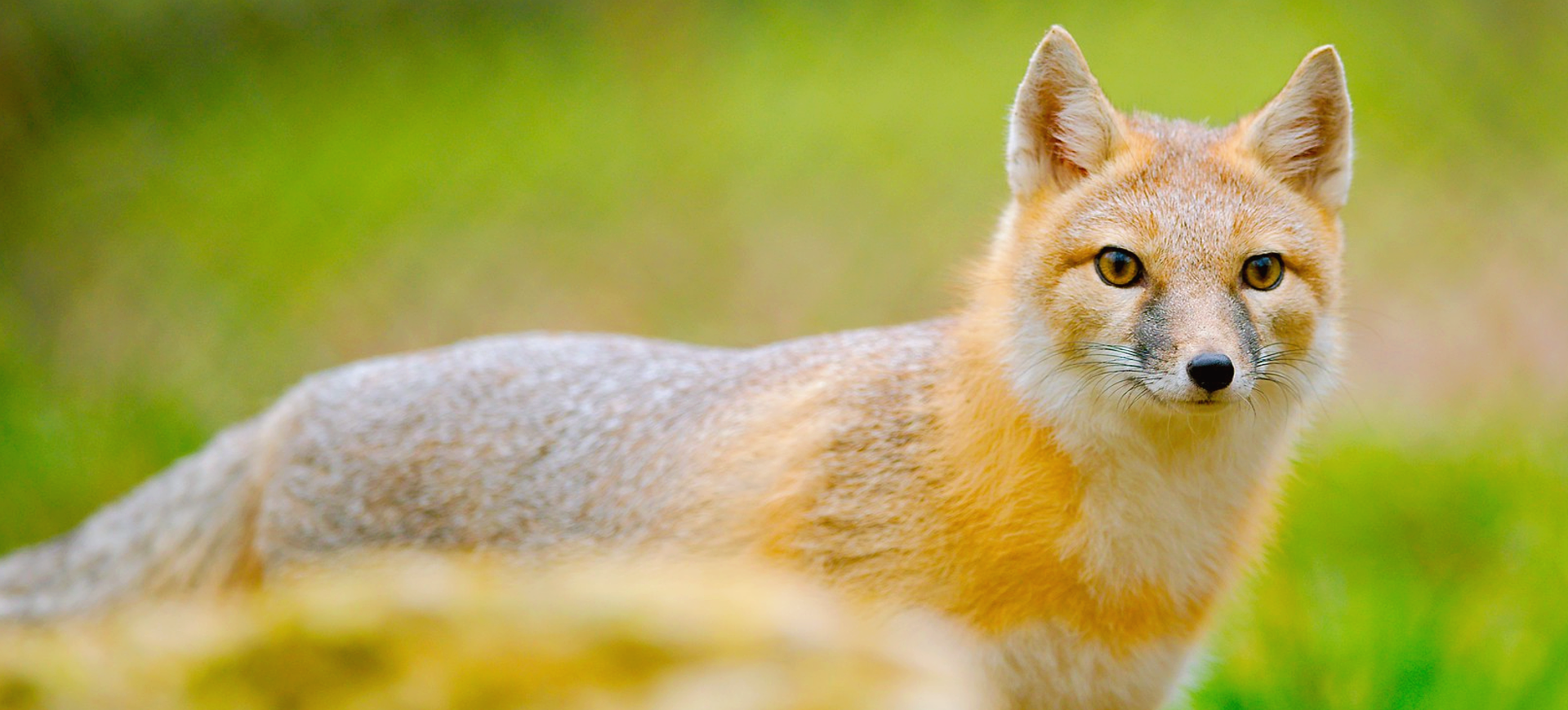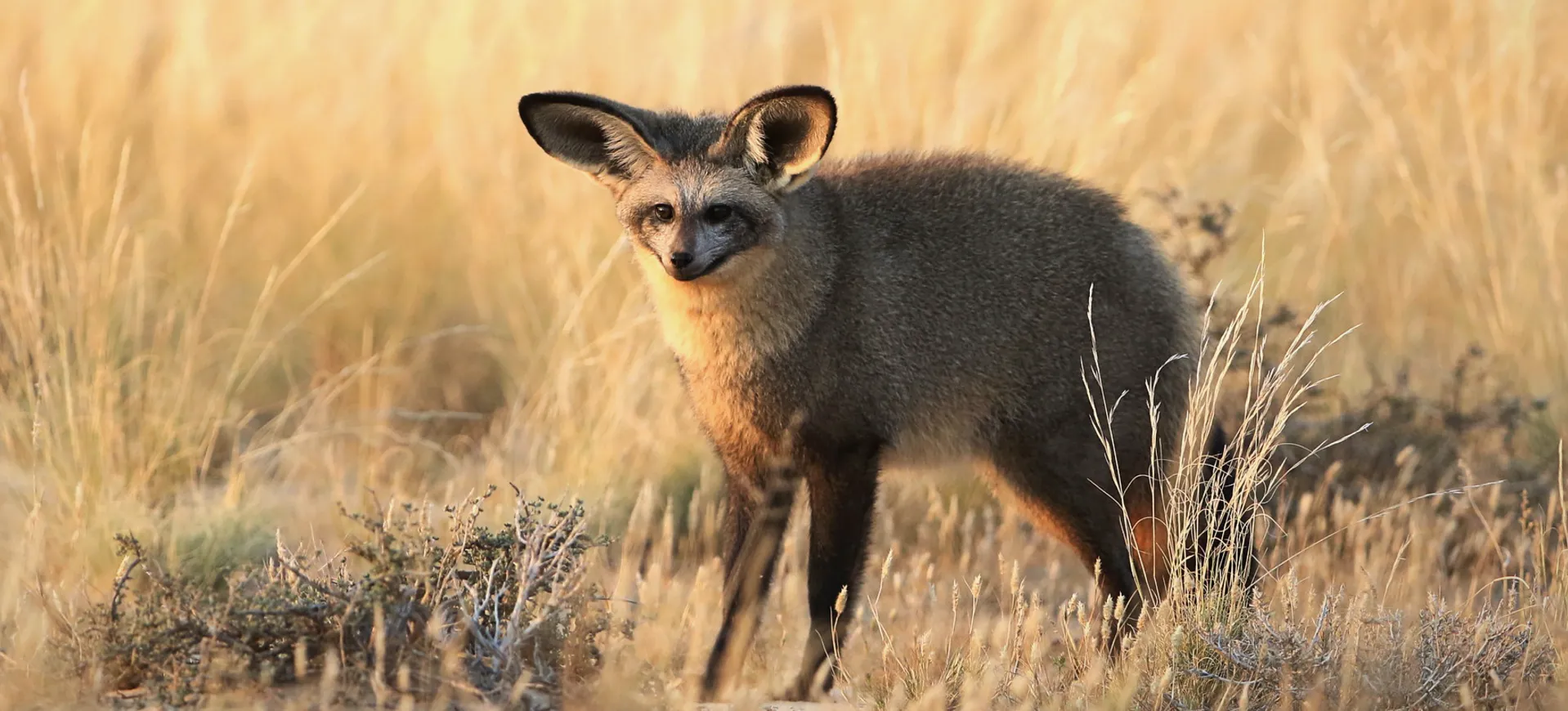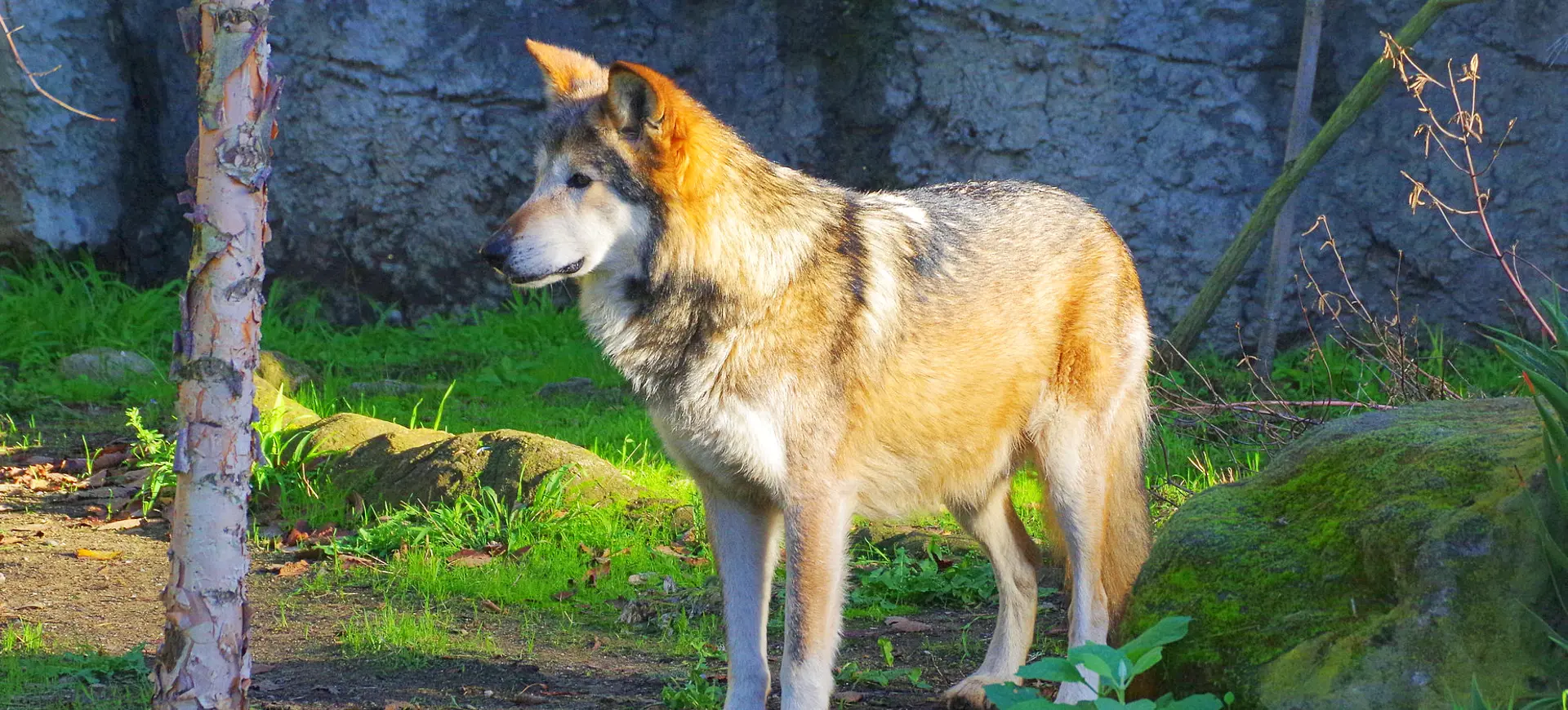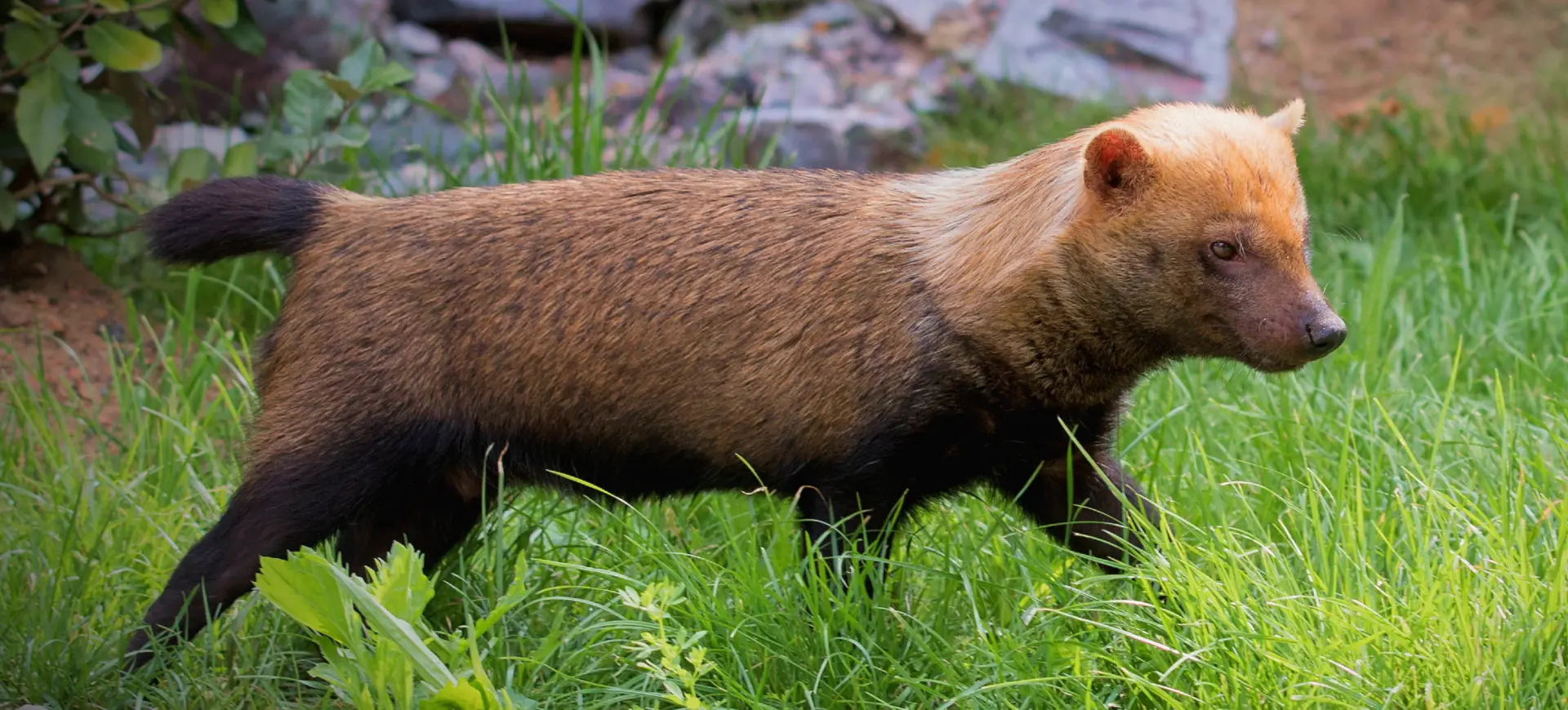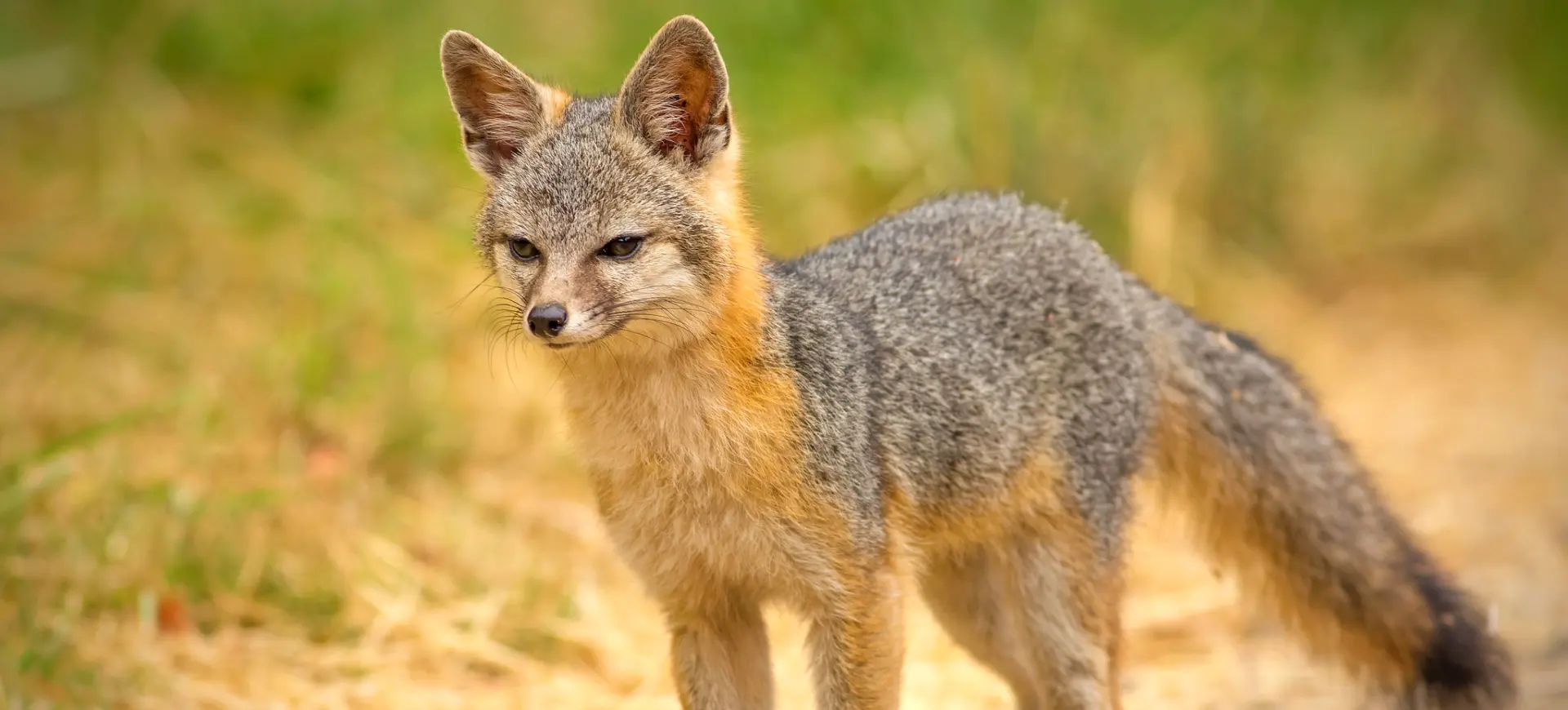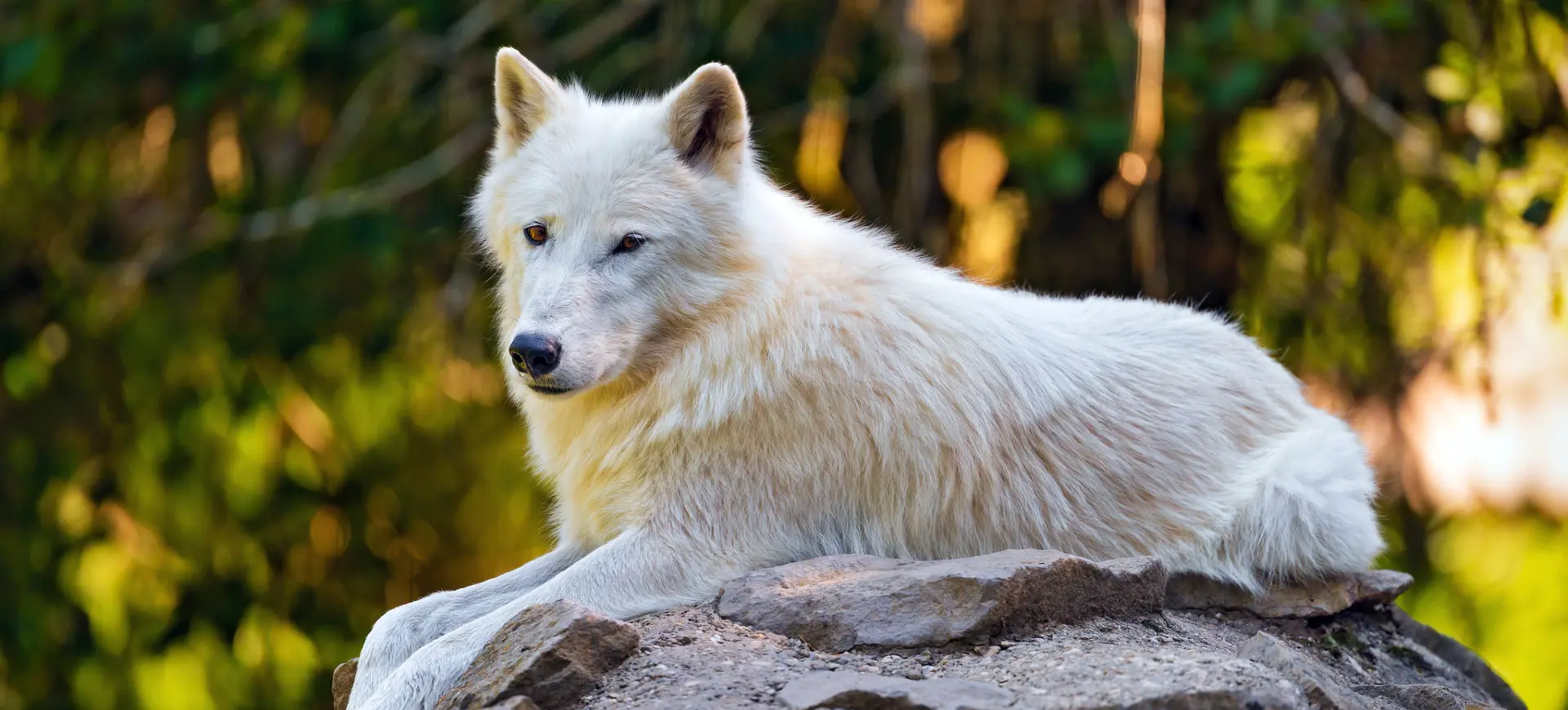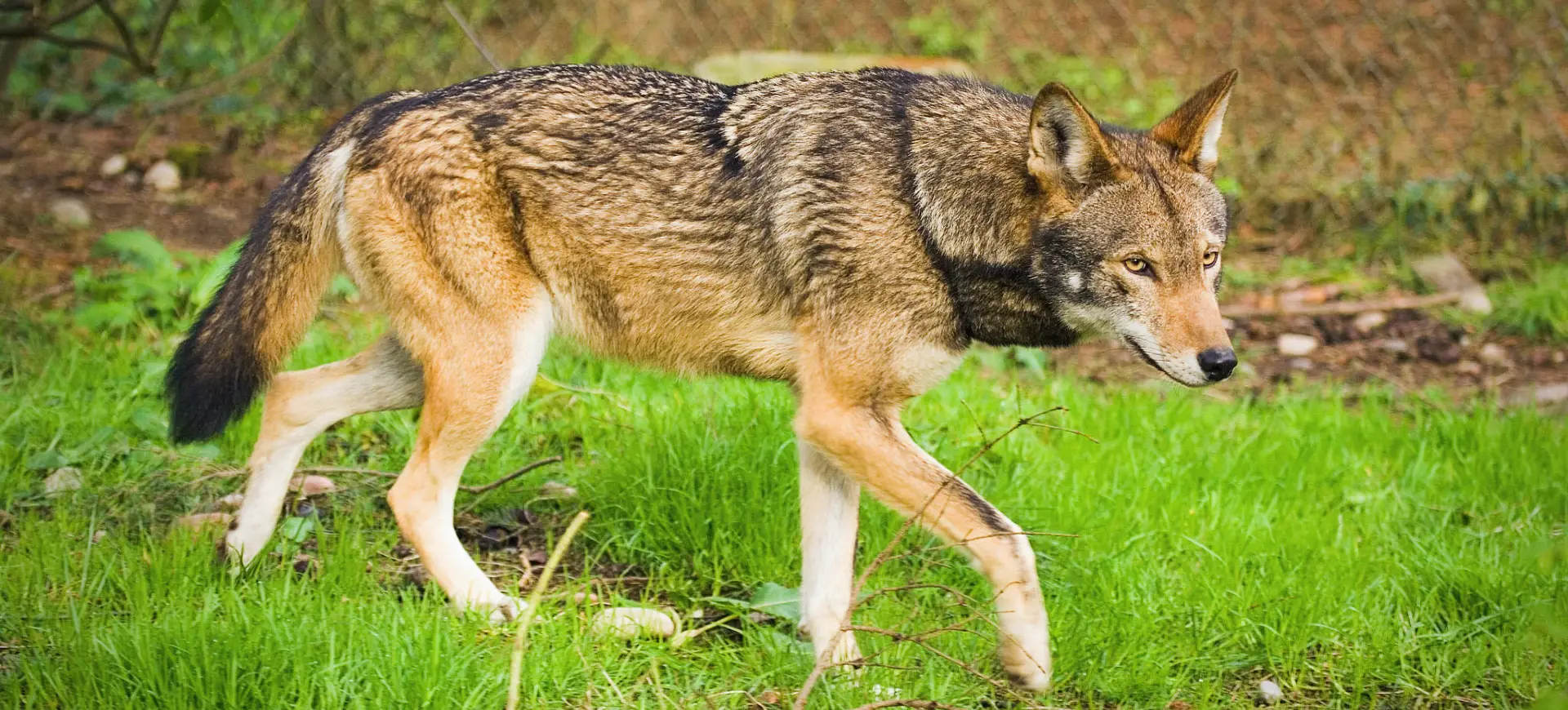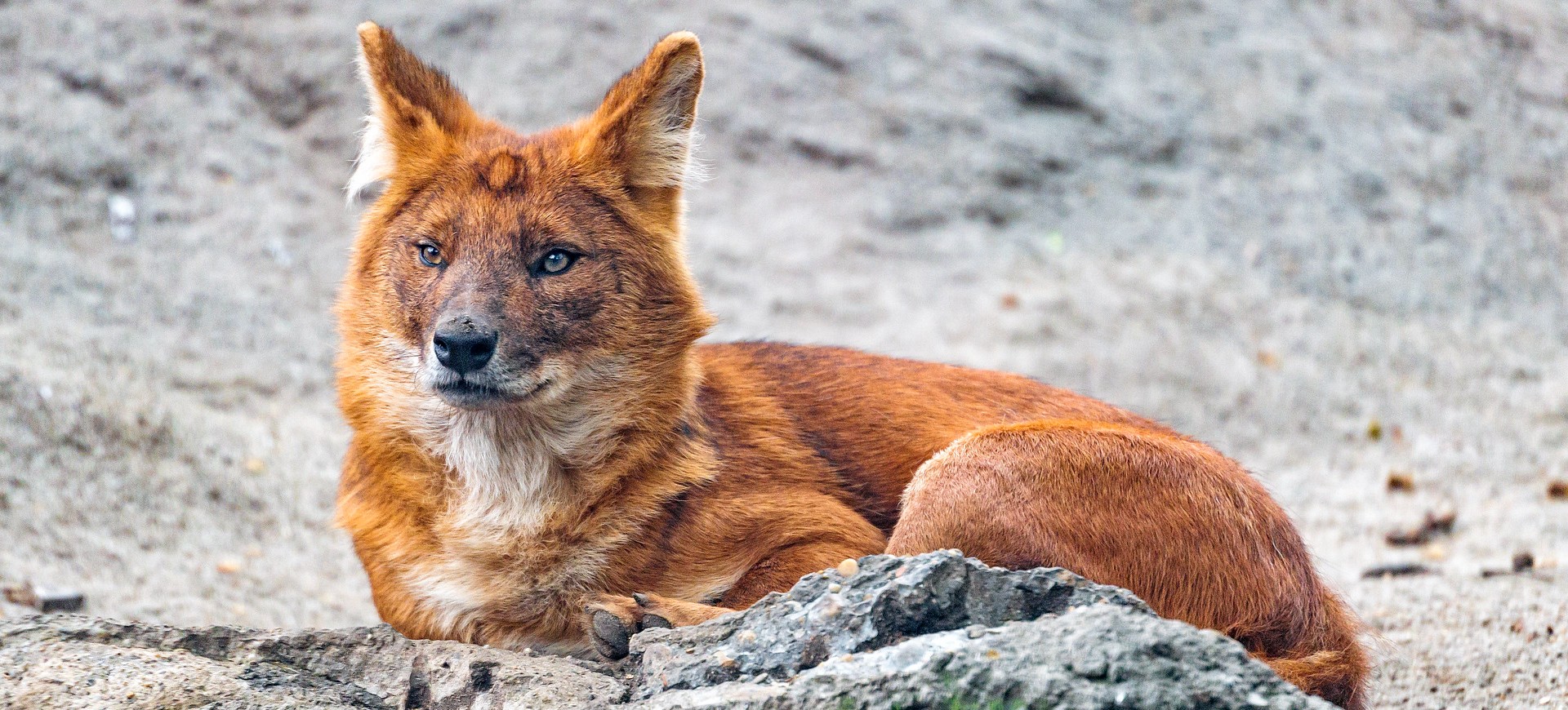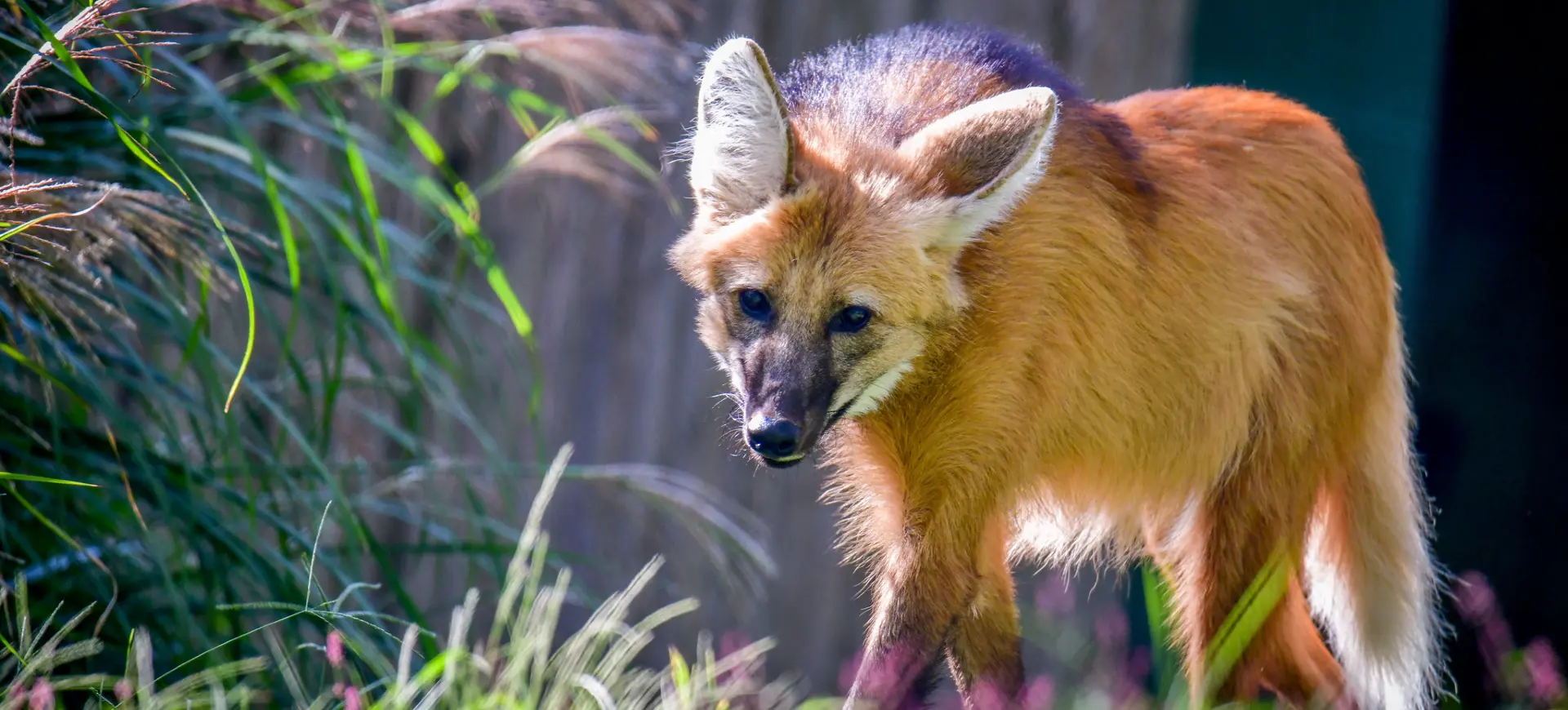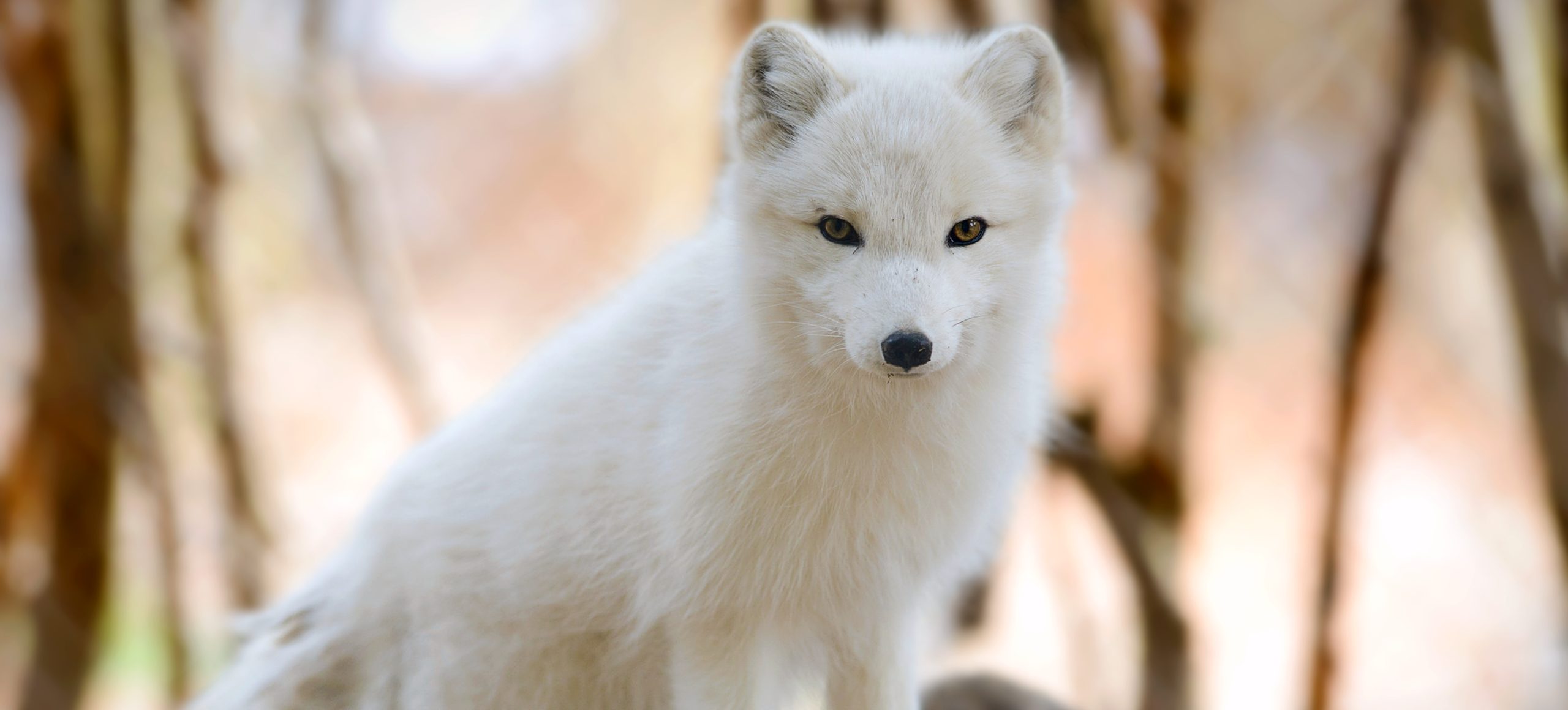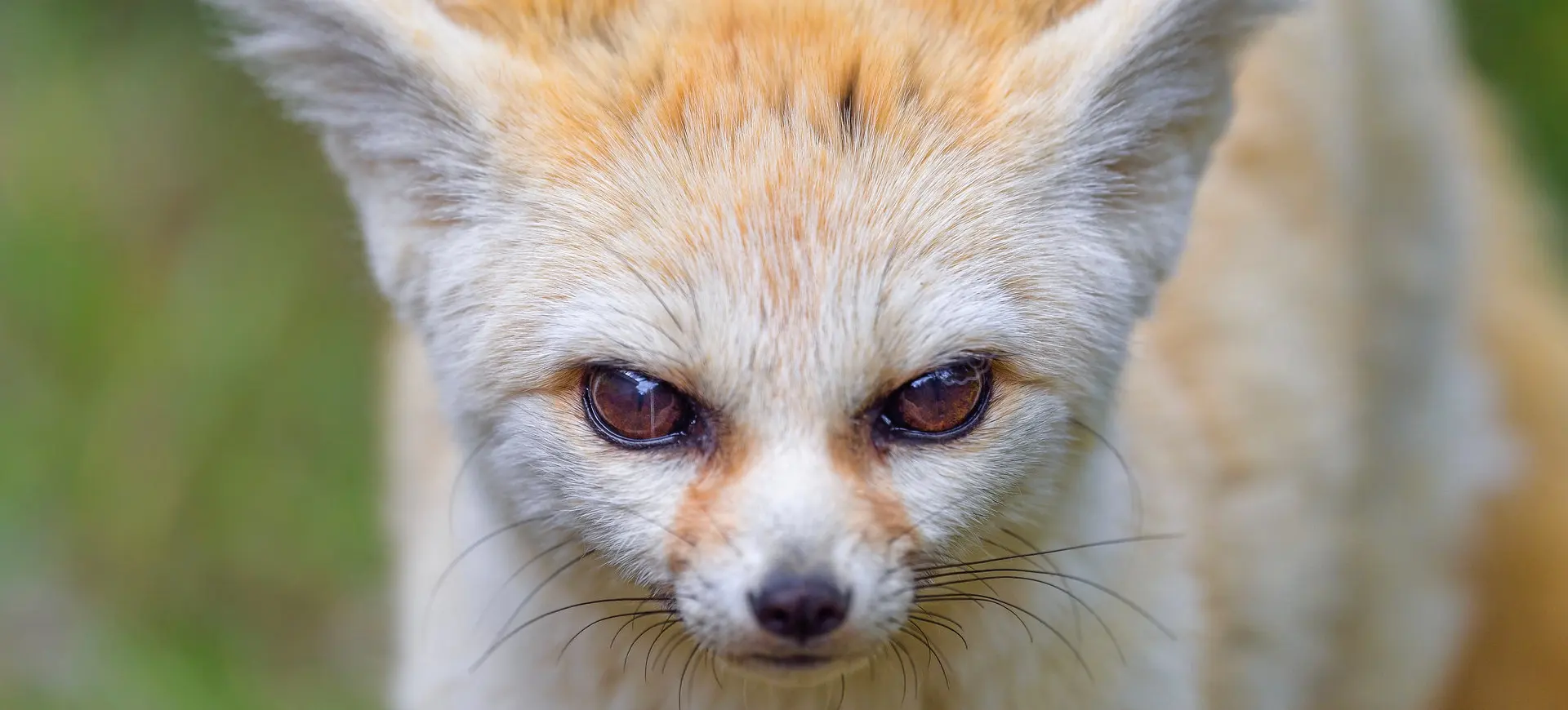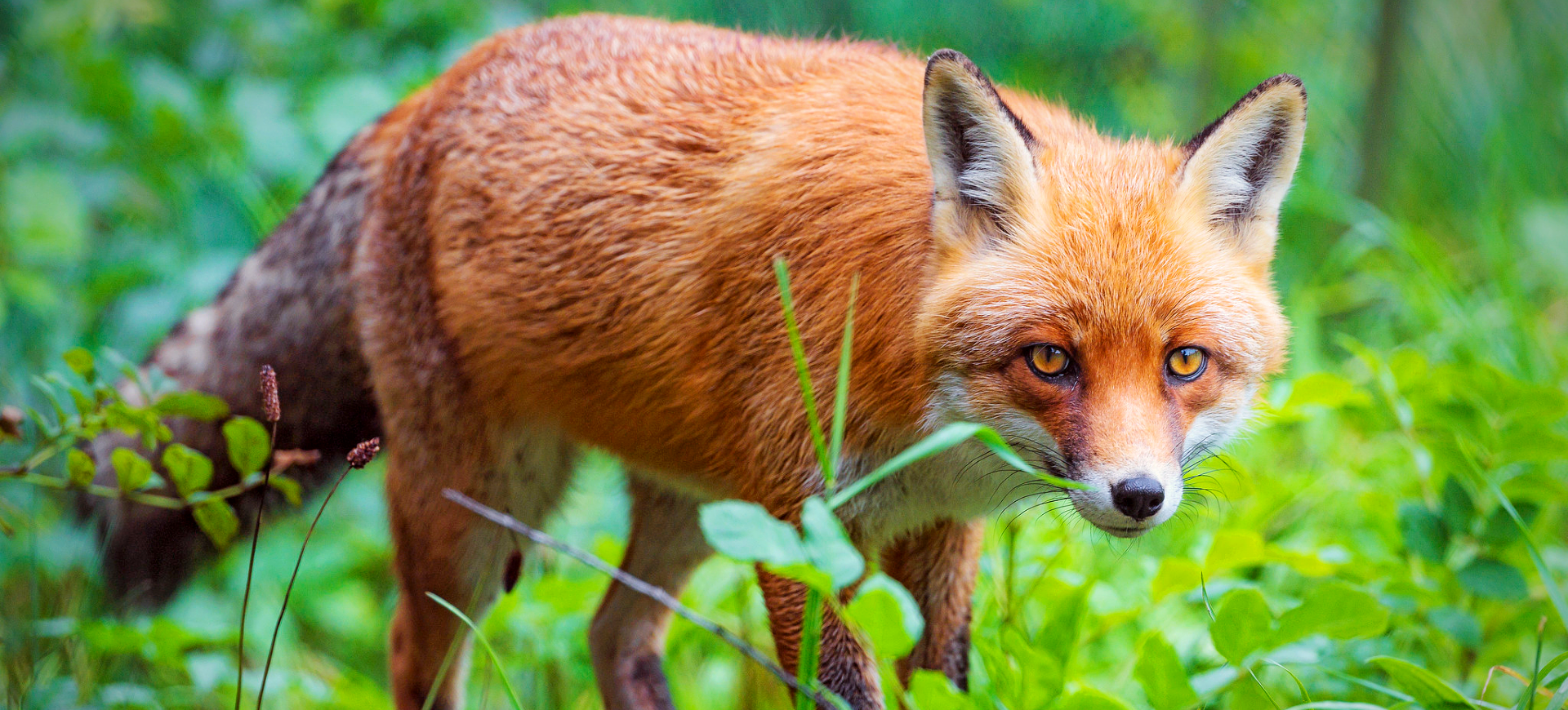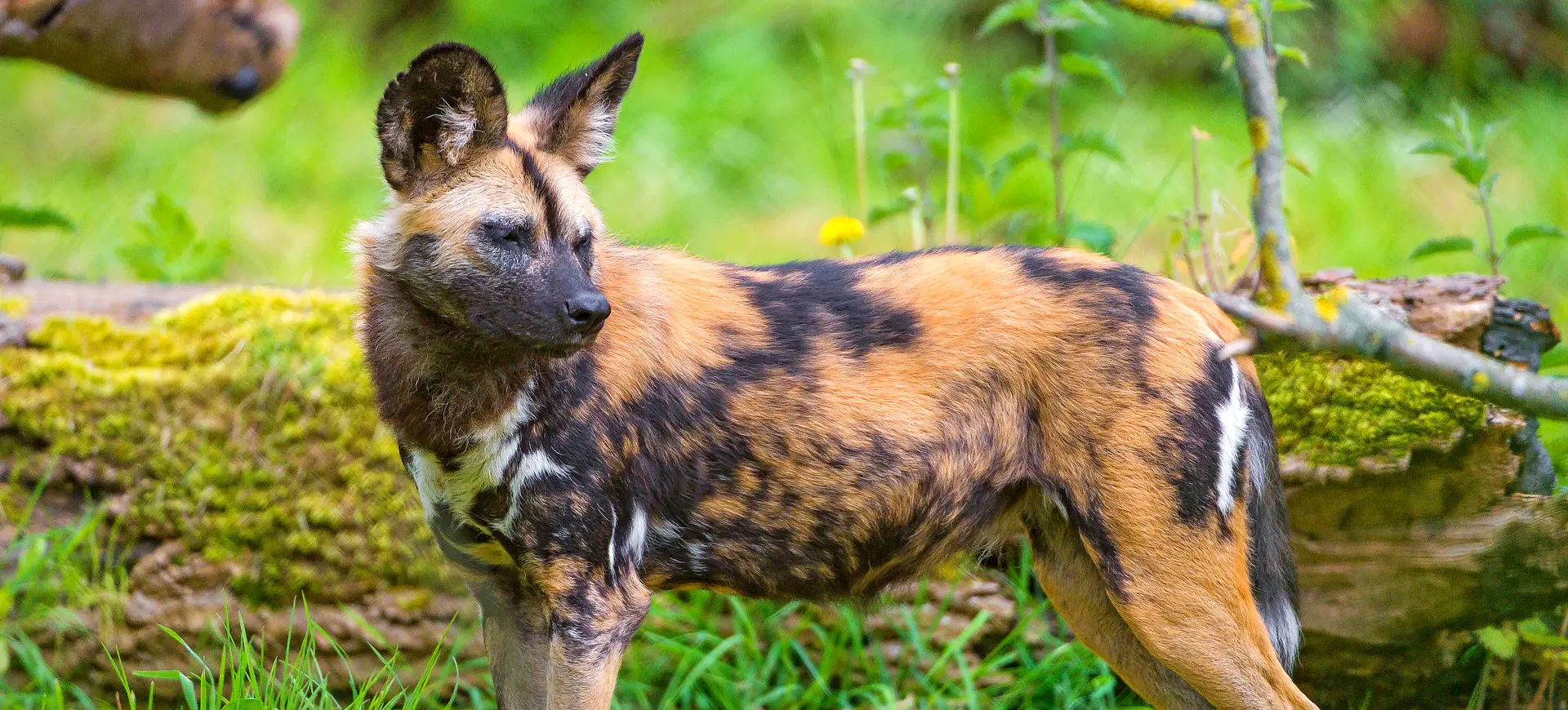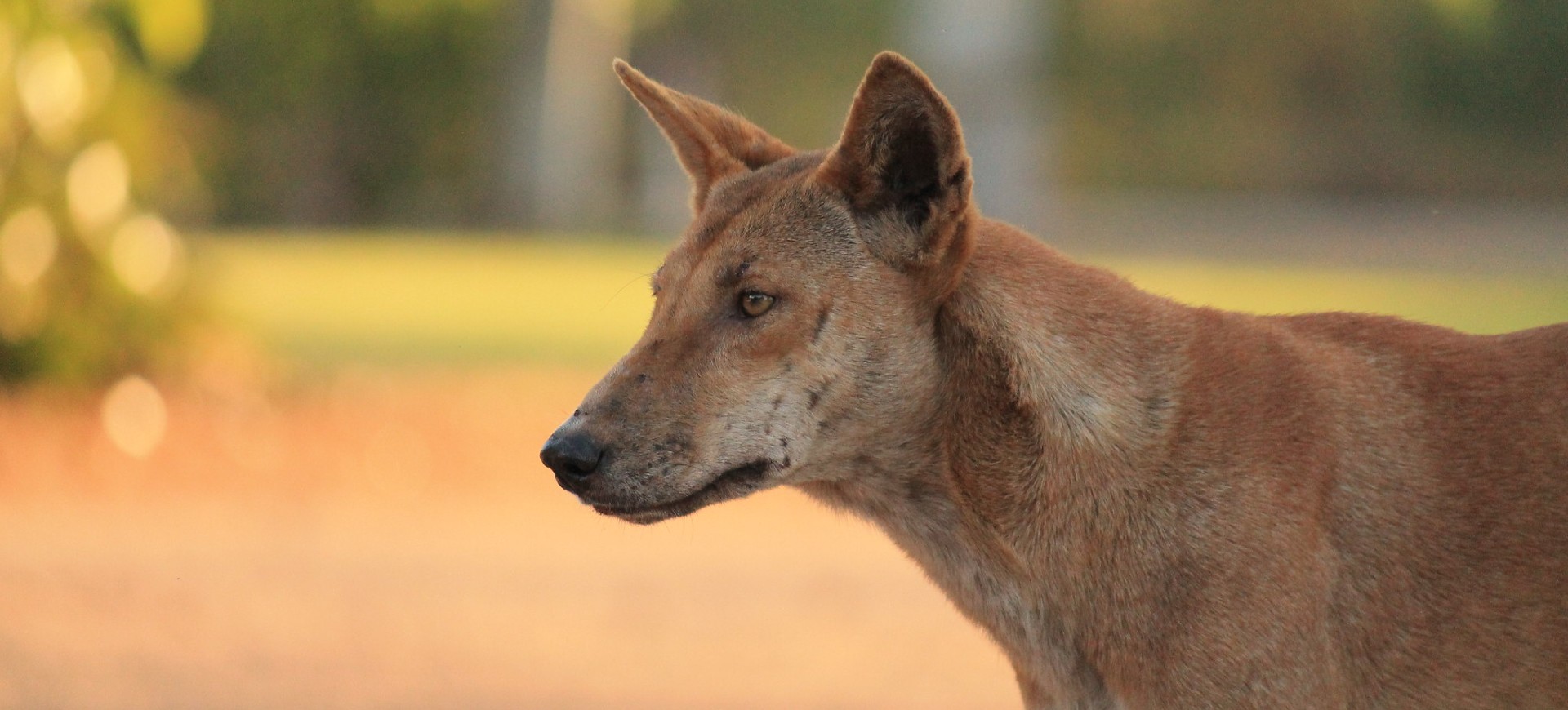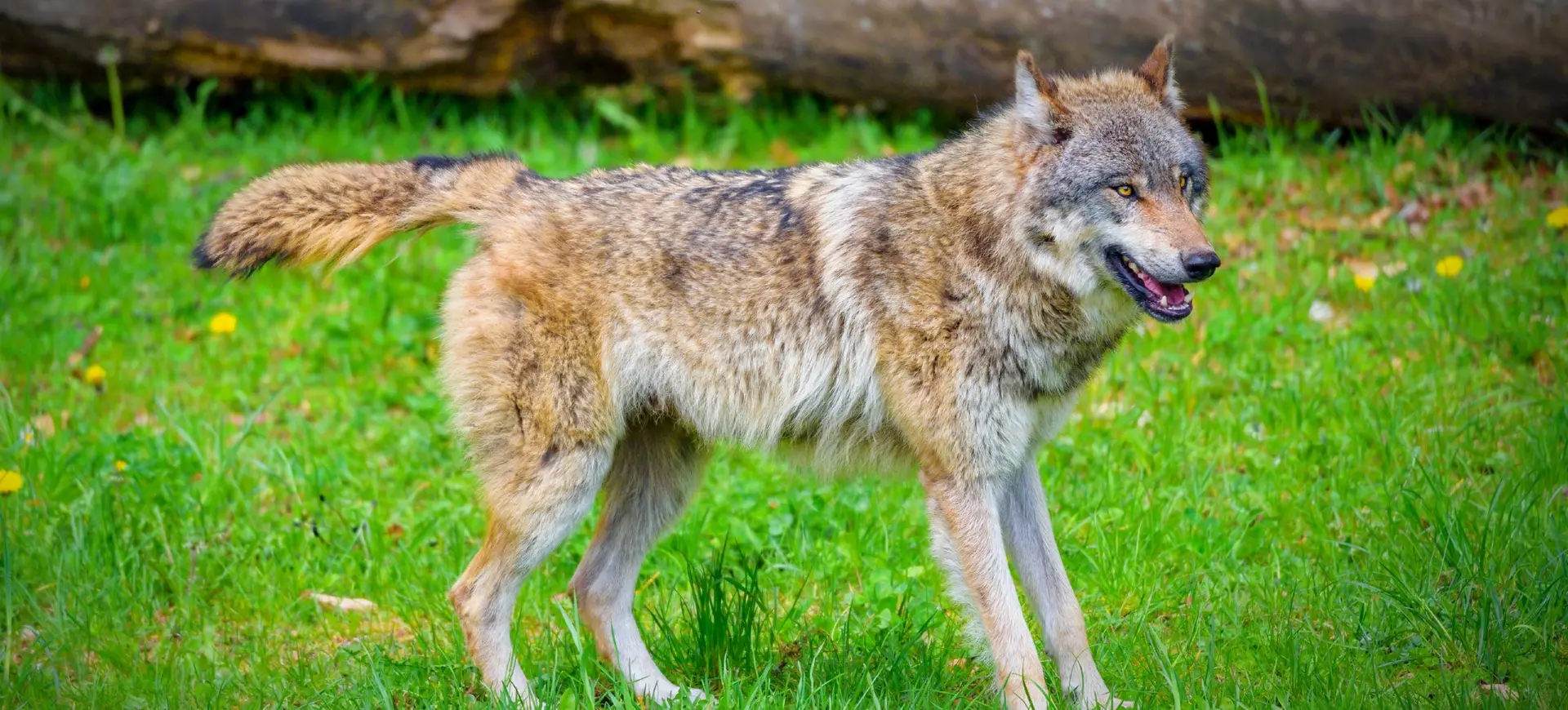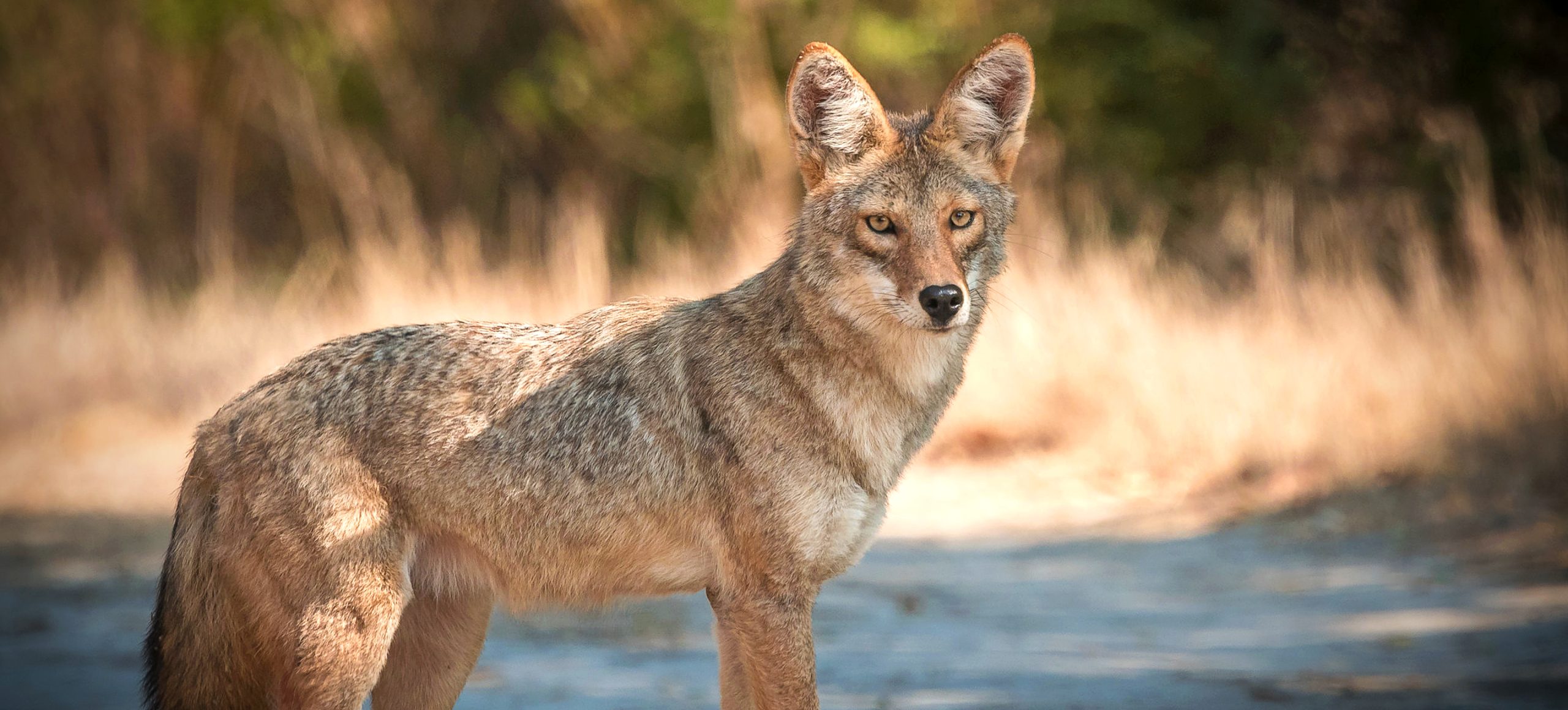Overview
The Raccoon Dog, scientifically known as Nyctereutes procyonoides, is a unique member of the canid family, notable for its striking resemblance to raccoons due to its facial markings and bushy tail. Native to East Asia, including Japan, China, Vietnam, Korea, and far eastern Russia, this species exhibits a versatile lifestyle, inhabiting various environments from dense forests to agricultural areas. Unlike many canids, raccoon dogs are omnivores with a diet of insects, rodents, amphibians, birds, fruits, and seeds. This dietary flexibility has been key to their survival and spread across diverse habitats.
Raccoon dogs are known for their remarkable ability to hibernate during winter in colder parts of their range, a rare trait among canids. This hibernation is not true but rather a period of inactivity from which they can wake if the weather warms. They are primarily nocturnal, using the cover of night to forage for food while avoiding predators. Socially, they are monogamous, with pairs forming strong bonds and often sharing the same den year after year.
The conservation status of the raccoon dog varies regionally. Still, globally, they are considered of least concern by the IUCN despite facing threats from habitat loss, hunting, and fur trade in some areas. They have also been introduced to parts of Eastern Europe, where they have adapted well but are considered invasive, posing a threat to local wildlife and ecosystems. Management efforts in these areas aim to control their population and mitigate their impact on native species.
Taxonomy
Kingdom
Phylum
Class
Order
Family
Genus
Species
Sub Species
Type
Physical Description:
Raccoon dogs are medium-sized canids, with adults typically weighing between 8 to 17 pounds (3.6 to 7.7 kg) and measuring about 18 to 28 inches (45 to 71 cm) in length, not including their bushy tail, which adds another 6 to 8 inches (15 to 20 cm). Their coat, which varies seasonally in thickness and color, provides excellent camouflage in their natural habitat. In winter, their fur becomes denser and longer, offering protection against the cold. The distinctive facial markings, including a mask-like pattern around the eyes, contribute to their raccoon-like appearance.
These animals have a stout body, short legs, and a rounded head with a pointed snout, all of which contribute to their distinctive silhouette. Their paws are equipped with non-retractable claws, suited for digging and foraging in the soil for food. Sexual dimorphism is minimal, making it difficult to distinguish males from females based on size or coloration alone. The adaptability of their physical appearance allows them to thrive in various environmental conditions, from snowy forests to urban outskirts.

Lifespan: Wild: ~4 Years || Captivity: ~14 Years

Weight: Male & Female: 8-17 lbs (3.6-7.7 kg)

Length: Male & Female: 18-28 inches (45-71 cm)

Top Speed: 25 mph (40 km/h)
Characteristic:
Native Habitat:
Raccoon Dogs are native to East Asia, thriving in various habitats, including deciduous and mixed forests, wetlands, riverbanks, and agricultural areas. Their preference for dense underbrush and forested areas provides ample cover and food sources. However, their adaptability allows them to inhabit areas modified by human activity, such as farmlands and the outskirts of urban areas, where they can scavenge for food.
This species demonstrates a remarkable ability to cope with varying temperatures, from the hot and humid summer to the freezing winters of the northern part of their range. Their distribution extends from Vietnam and China in the south through Korea and Japan, reaching as far north as far eastern Russia. The introduction of raccoon dogs to Eastern Europe for fur farming has led to established populations in the wild, where they have adapted to similar habitats as those in their native range.
Climate Zones:
Biomes:
Biogeographical Realms:
Continents:
Countries:
Diet:
Diet & Feeding Habits:
The Raccoon Dog’s diet is omnivorous and highly varied, reflecting their adaptability to different environments. They consume various foods, including insects, rodents, amphibians, birds, fruits, and seeds. This diverse diet is facilitated by their opportunistic feeding habits, allowing them to exploit various seasonal food sources.
In spring and summer, their diet leans heavily towards fruits and insects, while in autumn, they increase their intake of seeds and nuts to build up fat reserves for the winter. During the colder months, they rely on these fat reserves and whatever food they can find, such as small mammals or carrion. Raccoon dogs are skilled foragers, using their keen sense of smell to locate food under snow or within dense vegetation. They often forage in pairs or family groups, sharing discovered food sources.
Mating Behavior:
Mating Description:
Raccoon Dogs are monogamous, forming strong pair bonds for several breeding seasons. During the mating season, which typically occurs from late winter to early spring, pairs become more vocal, using a variety of sounds to communicate and strengthen their bond. Mating rituals include vocalizations, scent marking, and mutual grooming.
Females give birth to a single litter per year, with litter sizes ranging from 5 to 12 pups after a gestation period of approximately 60 days. The dens, often burrows dug by the pair or repurposed from other animals, provide a safe environment for the offspring. Both parents care for the young, with the male providing food for the female and young pups. The family unit remains together through the summer, with the young becoming independent in the fall.
Reproduction Season:
Birth Type:
Pregnancy Duration:
Female Name:
Male Name:
Baby Name:
Social Structure Description:
Raccoon Dogs distinguish themselves within the canid family through their monogamous relationships and the formation of close-knit family units, a trait not commonly observed in other family members. This monogamy is a cornerstone of their social structure, with mating pairs forming strong, enduring bonds essential for the cooperative rearing of their young and mutual survival. These pairs often inhabit the same den for consecutive years, demonstrating terrace territorial fidelity and partnership, which are rare among s. Their social behavior is further characterized by various vocalizations and scent markings, which serve as communication tools within the family unit and as mechanisms for defining and defending their territory against intruders.
Outside the breeding season, raccoon dogs exhibit a flexible social structure, sometimes choosing solitude but more often seen foraging in small, familial groups in areas where food is plentiful. These foraging groups typically comprise the mated pair and their offspring, highlighting the species’ emphasis on family cohesion even in the pursuit of sustenance. Physical interactions such as grooming and nuzzling, alongside shared vocal communications, reinforce the familial bonds and ensure the group’s cohesion. This social flexibility allows them to adapt to the varying conditions of their environment, maintaining the stability of their social units, whether in the dense forests of their native East Asia or the introduced territories of Europe.
Groups:
Conservation Status:
Population Trend:
In their native East Asian range, raccoon dog populations are generally stable, supported by their adaptability to various habitats and broad dietary preferences. However, specific threats such as habitat loss, hunting for fur, and road mortality can impact local populations. In contrast, in their introduced European range, populations are increasing, leading to concerns about their impact on native wildlife and spreading diseases like rabies.
Conservation efforts in native habitats focus on habitat preservation and monitoring populations to ensure their long-term survival. In Europe, efforts are more directed towards controlling their numbers and studying their ecological impact, with some countries implementing culling programs to manage their population growth.
Population Threats:
In their native range across East Asia, raccoon dogs face significant challenges threatening their survival and well-being. Urbanization and the expansion of agricultural land have destroyed their natural habitats, reducing the areas where they can live and forage. Hunting for their fur adds another layer of threat, with some populations being targeted for this trade. At the same time, road accidents represent a growing danger as their habitats become increasingly intersected by roads and highways. These factors combined pose a considerable risk to the raccoon dog populations, potentially leading to declines in their numbers and genetic diversity.
In Europe, where raccoon dogs have been introduced, their impact on local ecosystems is a matter of concern for conservationists. Invasive species compete with native wildlife for food and habitat, sometimes displacing local species or disrupting established ecological balances. Furthermore, raccoon dogs can act as carriers for diseases that affect wildlife and domestic animals, including rabies and distemper, posing a significant risk to biodiversity and animal health in these areas. The challenge in Europe is to control the raccoon dog populations and mitigate their impact on native ecosystems and species while preventing the spread of potentially harmful diseases.
Conservation Efforts:
In their native East Asian habitats, raccoon dogs benefit from conservation measures to preserve the forests, wetlands, and other environments they call home. Legal protections help safeguard these animals from overhunting, particularly in regions where their fur is valued. Additionally, awareness campaigns have been initiated to inform the public about the risks raccoon dogs face from road traffic, encouraging safer driving practices in areas where these animals are known to cross. These efforts are crucial for maintaining stable raccoon dog populations and ensuring the continued biodiversity of the ecosystems they inhabit.
Conversely, in Europe, where raccoon dogs are considered invasive, conservation strategies take on a different focus, aiming to curtail their numbers and limit their impact on local wildlife. Methods such as hunting and trapping are employed to manage raccoon dog populations and mitigate their effects on native species and habitats. Research is vital in these efforts, providing valuable data on the ecological impact of raccoon dogs and informing management practices. Through these varied approaches, conservationists and policymakers strive to achieve a delicate balance, protecting the integrity of European ecosystems while addressing the challenges of raccoon dogs.
Additional Resources:
Fun Facts
- Raccoon Dogs are one of the few canids known to enter a state of torpor or hibernation-like condition during the winter.
- Despite their name and appearance, raccoon dogs are more closely related to true dogs than raccoons.
- They are capable swimmers, using this skill to escape predators and search for food.
- Raccoon dogs have a diverse vocal repertoire for communication within pairs and families, including whines, barks, and growls.
- In Japanese folklore, the Tanuki (raccoon dog) is a shape-shifter with magical powers, often depicted in traditional art and stories.
- They are the only canids known to hibernate, adjusting their metabolic rate to survive cold winters without eating.
- Raccoon Dogs have been observed using their forepaws to wash food, reminiscent of raccoons but uncommon among canids.
- Their fur has been historically valued in Asia and Europe, leading to their introduction in Eastern Europe for fur farming.
- Raccoon Dogs are important in controlling pest populations, such as rodents and insects, in their habitats.
- They have a keen sense of smell, which they use to locate food buried under snow or in dense vegetation.








